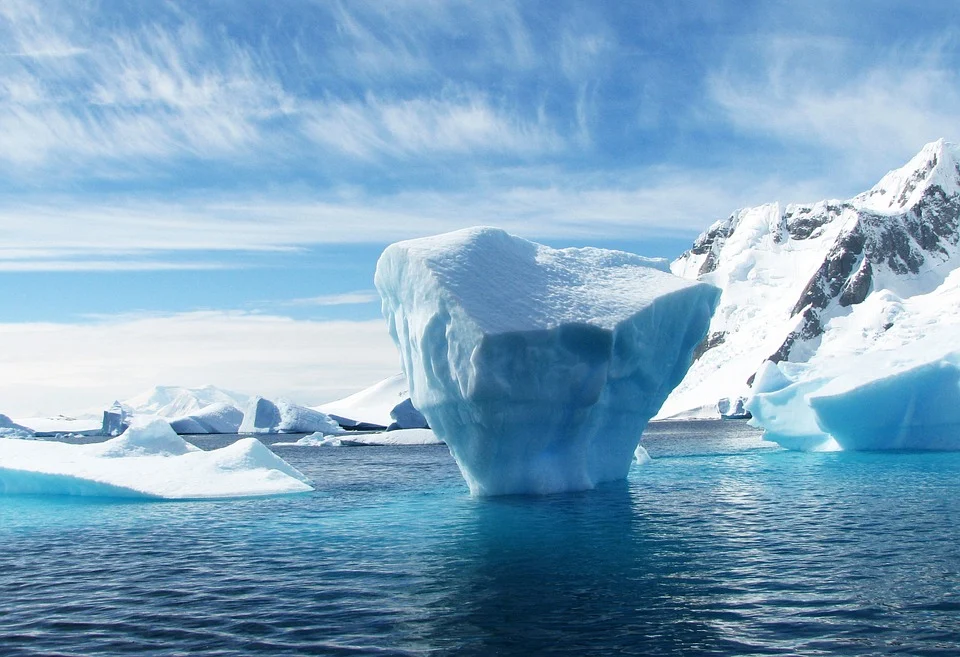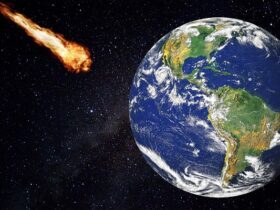The Arctic sea ice is decreasing at an alarming pace, according to a new research relying on NASA & ESA satellite measurements. Arctic experts discovered a 5 foot (1.5 meters) reduction in ice thickness between 2018 and 2021 by monitoring it monthly through satellites.
Because the summers melt the periodic sea ice completely annually, the ice will inevitably thin down at such a timeframe. However, the 1.5-meter drop was observed in something that scientists refer to as multi-year ice – denser ice that remains throughout the year and often increases year after year. This loss equates to around 16% of the quantity of the multi-year ice.
An important factor experts consider when trying to gauge the density of sea ice is how well it floats. This is why they take the snow layer that lies on top of it into consideration.
NASA’s ICESat-2, as well as the European Space Agency’s CryoSat-2, provided lidar & radar data, respectively. A ray of light is bounced off the earth’s surface and timed by how long it ends up taking for the pulse to come back. This way, we can get more accurate measurements of the complexity of snow as well as the length and width of the ice underneath it.
It’s the first instance in which the variation in snow depth comparing lidar & radar information has been compiled over an extended period of time. According to the experts, the Arctic sea ice must have dropped one-third of its quantity throughout the last 2 decades owing to a decline in multi-year ice as well as an upsurge in seasonal ice.
Even by the mid-century mark, present projections suggest that summertime in the Arctic will be devoid of ice due to the melting of earlier, thicker ice.
The findings were published in the journal Geophysical Research Letters.












Leave a Reply